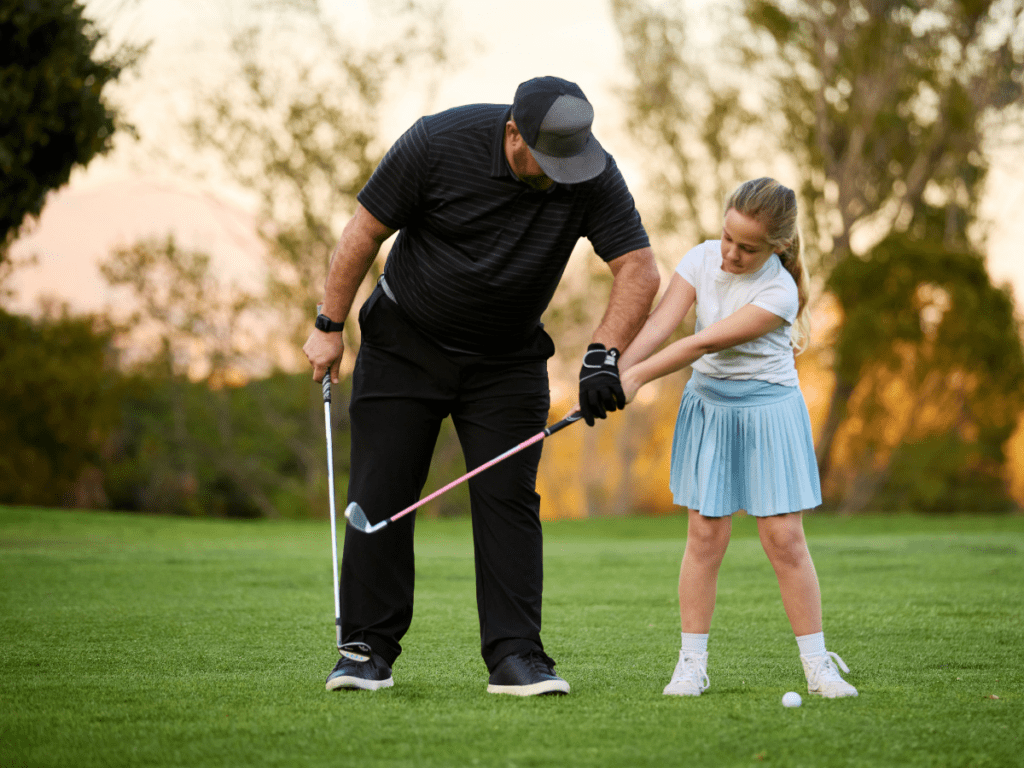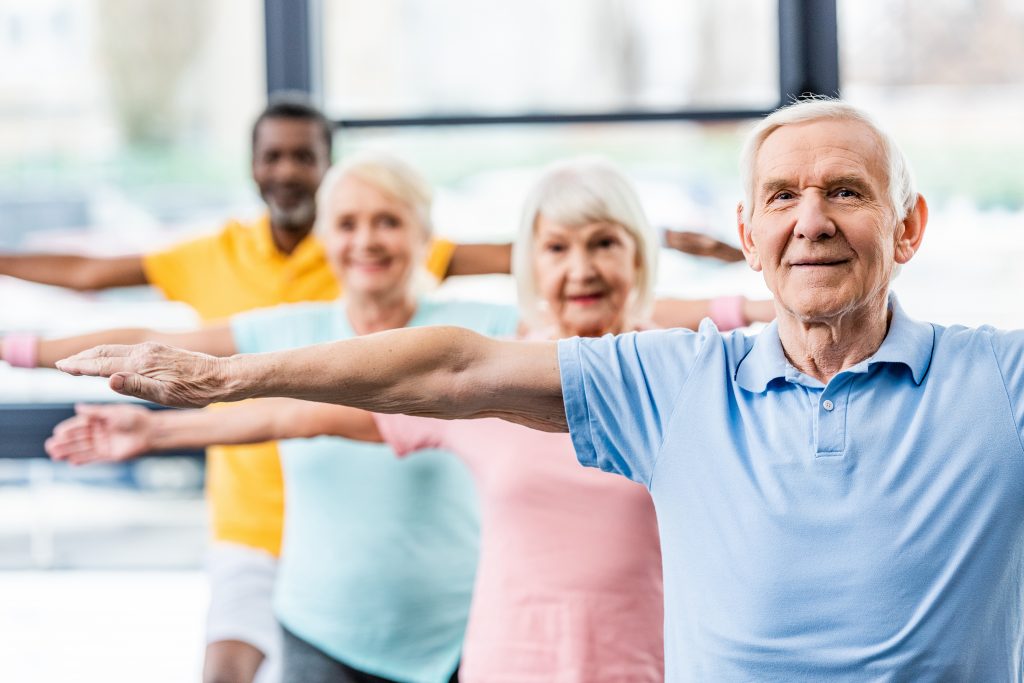Curling Prize Money
This year, for the first time, Curling Canada will award the men’s and women’s national champions the same amount of prize money. This weekend, join the 1.5M active Canadian curlers in celebrating Curling Day in Canada (February 22) and tune in to the final games of the Scotties Tournament of Hearts happening in Moose Jaw,…
Motivational Language
Research shows the type of language used by instructors during group training sessions is important. Cues that focused on function (e.g. “this exercise will help you prevent injuries and build strength”) rather than appearance (e.g. “earn your dream body”) resulted in greater mood and body satisfaction amongst female participants.
The Effect of Coaching in Youth Sport in Canada

Project Summary This project was designed to examine the impact of coaching on athlete outcomes in youth sport. The research focused on both the perceptions and behaviors of the coach, and assessed sporting and non-sporting (i.e., positive youth development) outcomes of the athletes. To maximize the applicability of results to the Canadian sporting culture, efforts…
Match Grant Recipients
From player recruitment and retention, to leadership development, to effective coach education, SIRC’s Researcher/Practitioner Match Grant recipients will address a range of issues to help achieve gender equality in the Canadian sport system. Learn more about this initiative and all the sport organization/university matches that were supported. Outcomes and key learnings from all projects will…
Physical Literacy & TGfU
Physical literacy has become an important outcome across many educational, sport, and recreation settings in Canada. Research from Brock University finds pedagogical strategies that incorporate a Teaching Games for Understanding approach can support the development of physical literacy among elementary-school-aged youth.
Intermittent Fasting
Intermittent fasting, or eating during a certain time period, has become increasingly popular. Research suggests intermittent fasting may be beneficial for weight loss and cardiometabolic health in sedentary populations, but the effects on training and performance have not been well-studied.
Canadian Olympic Activity Challenge Cards
Looking for ideas to activate your classroom or recreational program this winter? The Winter Olympic Games edition of the Canadian Olympic Activity Challenge Cards features 12 physical activity challenges for the classroom, gymnasium or outside.
Aging, Physical Activity and Men’s Health

Regular, meaningful physical activity provides many benefits for older adults (Bangsbo et al., 2019). However, older men can be a particularly hard-to-reach group when it comes to public health promotion and disease prevention initiatives (Bottorff et al., 2015; Carroll et al., 2014; Smith et al., 2007). In addition to general barriers older adults face (e.g.,…
Rideau Canal Ice Technology
Ice skating on the Rideau Canal is an iconic winter activity.. Entering its 50th year, the Skateway is the world’s largest naturally frozen skating rink covering 165,621 square metres over 7.8kms. Learn about the process for creating the ideal skating surface in this blog by the National Capital Commission.
Ski-Racing and Mental Health
A two-decade study of 200,000 long-distance skiers found they were 50% less likely to develop depression than the general population, highlighting the long-lasting positive impact of physical activity on mental health.